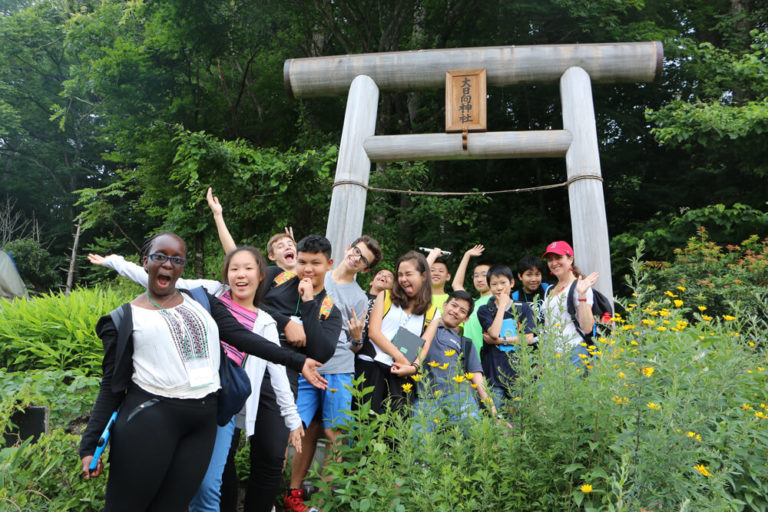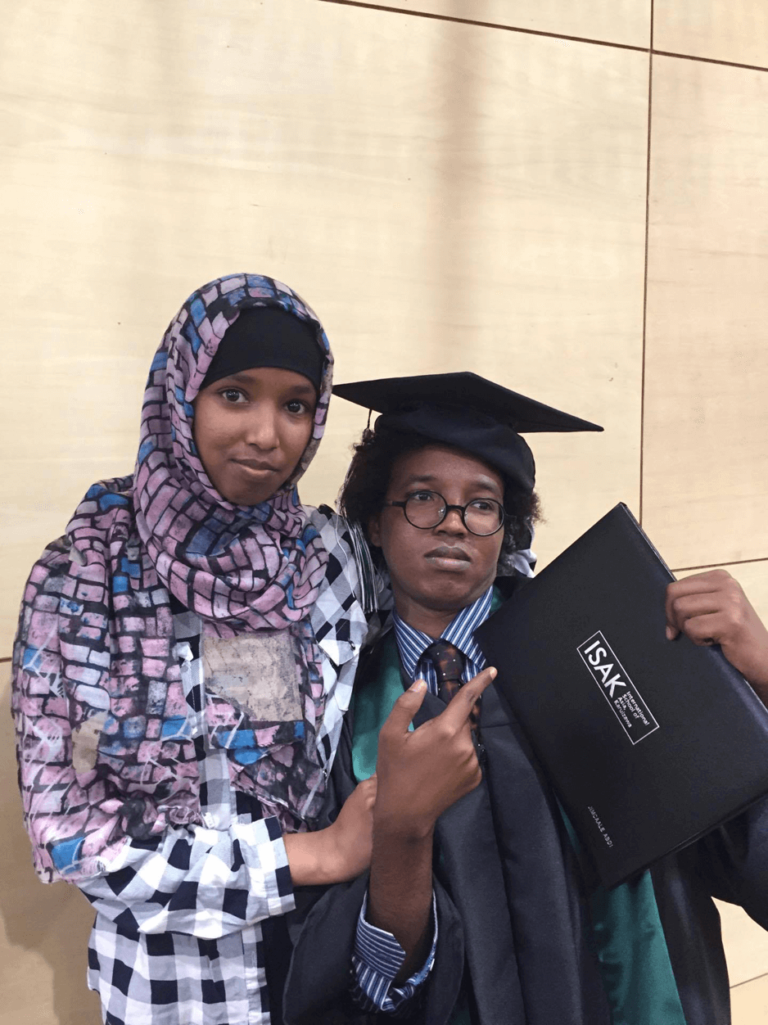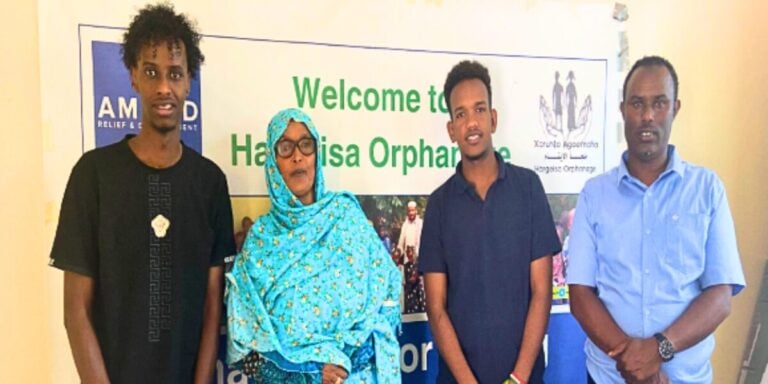Written by May (Japan / Class of 2025) and Anisa (Bangladesh / Class of 2024)
Special visit from up north
From November 17 to 19, UWC ISAK Japan Grade 10 students received a special visit from an Ainu family. It deepened their understanding of cultural diversity and indigenous cultures in Japan. Ainu representatives led workshops about their language, art, and textile motifs.
UWC ISAK Japan Faculty planned this visit for a long time but postponed it repeatedly due to the Covid-19 pandemic.
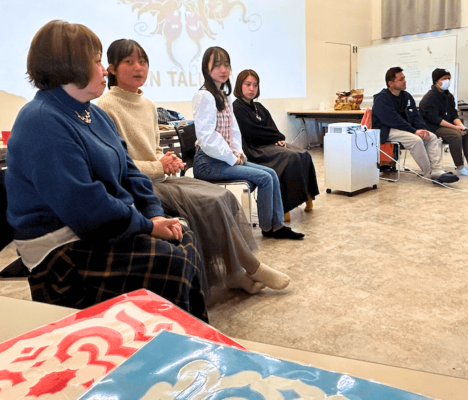 A distinct culture in Japanese History
A distinct culture in Japanese History
In 2008 the government recognized two indigenous groups, Ainu and Okinawans. The groups point to a cultural heritage that is distinct from the Japanese majority, who migrated from China and Korea.
“I wish we could see each other as human and not as labels or categories within society because Ainu culture doesn’t have separations like that,” participant Maya Sekine told students.
Revitalizing a lost culture
The program took place over two days to give the grade a once-in-a-lifetime opportunity to learn about the Ainu life, the craftsmanship, and the language.
The workshops were led by Keiji, Maki and Maya Sekine. They are family of activists. Their mission is to raise awareness for the Ainu community and revitalize the cultures lost over the past three centuries. Activists say their culture was erased under policies of the Japanese government.
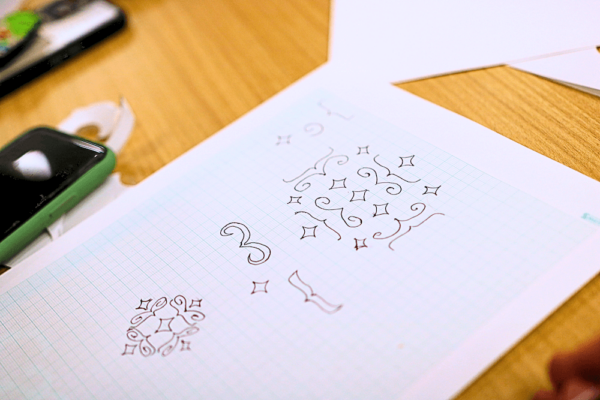
In one workshop, Keiji Sekine took a playful approach: Students learned directions in Ainu through a competitive game, and the names of animals with a song.
There was an Ainu motifs and crafts activity with Maki Sekine, and a video-making exercise about identity by Maya Sekine.
“The interactiveness of the sessions was fun,” Elisha Borja said. Olivia Leung said the program inspired her to learn more about Indigenous communities.
Behind the magazine-cover Japan
The Sekine family has worked with many Japanese schools in the past, but this was the first time that they taught students at an international school.
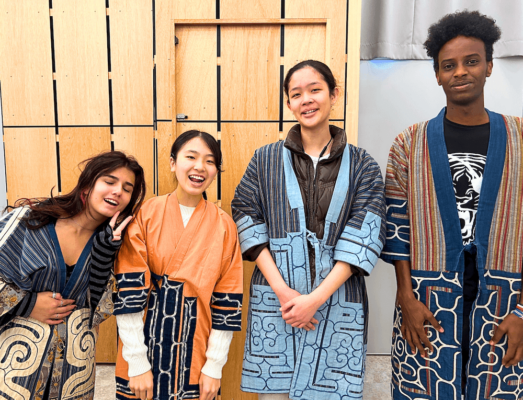
“I want ISAK students to not only learn about the famous, magazine-cover aspects of Japan, but also the more colorful and diverse side of Japan to share with their friends, families, and relatives,” Maya Sekine told students on Friday.
Maki Sekine shared that opinion: “I think it’s amazing that students from diverse backgrounds can interact with each other so naturally at this school. In the same way, I hope that you can share our story with the world, by taking it with you to your homes.”
The project is a type of archival activism, Taymour Bouran said. He leads a team working with indigenous knowledge systems to incorporate discussions about cultural eradication in the classroom during Theory of Knowledge lessons.
Many thanks to Kai from SEKAI Education for supporting this visit.
